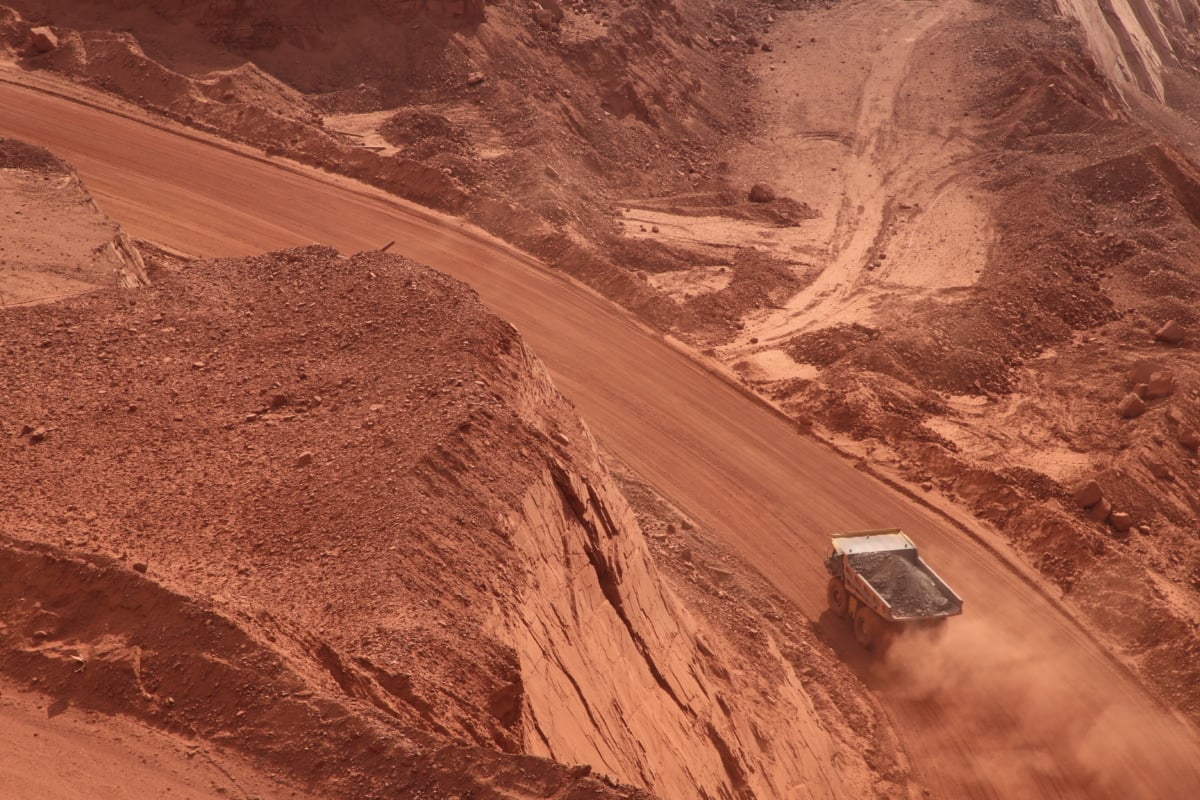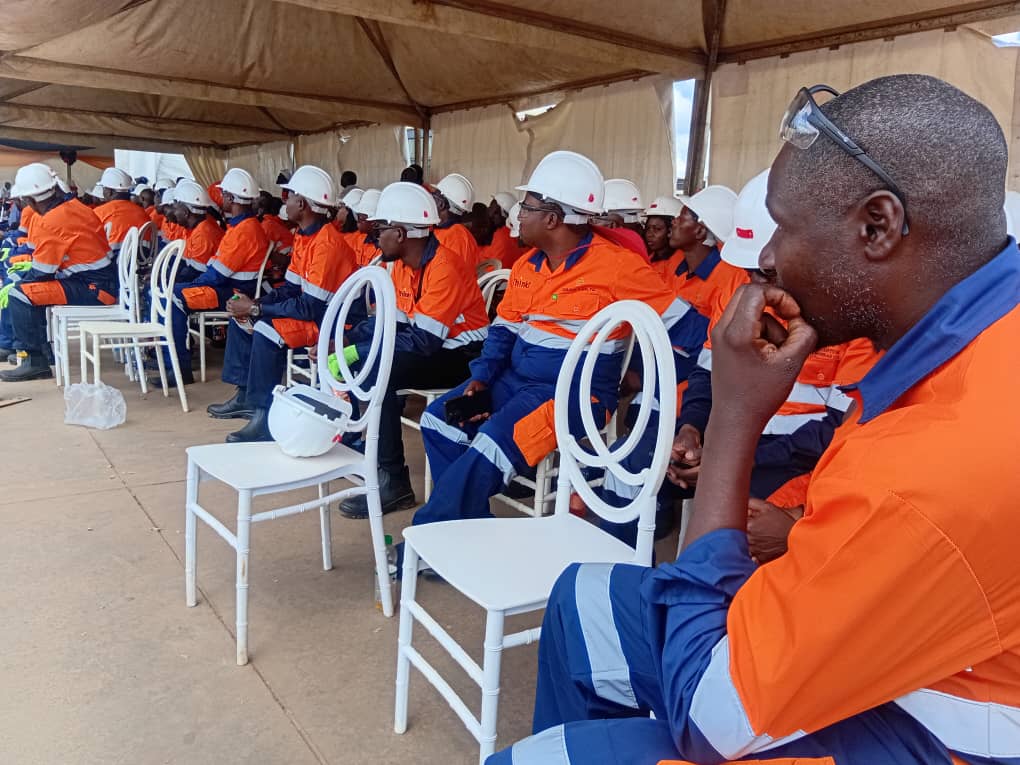Although Mauritania is now dreaming aloud of natural gas extraction and green hydrogen production projects that are attracting major international investors and the billions of dollars they could generate, it is nevertheless the mining industry that is still the main spearhead of the Mauritanian economy.
And it is the industry that kept the country’s economy going during the long months of the Covid-19 crisis.
Dominated by gold, iron (of which Mauritania is the second largest African producer) and copper, the mining sector represented 24% of the country’s GDP and 60% of exports in 2020, according to figures from the Extractive Industries Transparency Initiative (EITI).
According to data from the French Treasury, iron ore was the country’s leading export item in 2021, accounting for €1.5bn, ahead of fishery products (€586m), copper (€217m) and gold (€273m), with the Chinese market as the main buyer (59%).
We will surely have to add uranium, which is expected to meet the ever-increasing demand for global nuclear energy. An Australian mining company, Aura Energy, entered into negotiations in September with the Mauritanian authorities to obtain an operating licence for its Tiris site, which should require $75m in investments and offer 12.4m pounds of uranium over 15 years.
The country’s largest company and largest employer (6,000 employees), after the civil service, the Société Nationale Industrielle et Minière (SNIM), is nearly 80% owned by the state. It alone contributes 15% of GDP and 30% of exports (largely to China, Japan and Germany).
In 2020, well before the start of the Russian-Ukrainian war and the current tensions in the energy market, SNIM launched an ambitious strategic plan, running until 2026, aimed at doubling iron ore production to 24m tonnes and bringing the country into the world’s top 10.
This programme is more likely to meet its target than the one developed in 2012, which aimed to put Mauritania in the world’s top 5 and reach 40m tonnes by 2025. The current plan, validated under the leadership of President Mohamed Ould Ghazouani, should allow SNIM to rise above the level of production seen over the last decade. The current management of SNIM has set a target of 13.5m tonnes for 2022.
Reforms and investments
To achieve this, it has undertaken a whole series of reforms and investments. By the end of 2020, SNIM had started to modernise the Guelb1 and Guelb2 facilities in Zouérate, which should enable it to increase to 2m and 4m tonnes respectively. It is also aiming to develop the Fderick site to produce 3m tonnes of enriched iron ore, as well as a unit at Tzargaf to produce 6m tonnes of concentrated iron. It plans to dredge the Nouadhibou mineral port for more than $100m, which should enable it to double its capacity to receive ships (230,000 tonnes) and to rehabilitate the Rweissa handling facility to process 2m tonnes.
SNIM has also allocated €56m from its own funds for new ore processing facilities at the TO14 mine. This project will enable the company to increase its production of fine enriched ore by 2m tonnes/year. In addition, a non-binding memorandum of understanding was signed in May with steel giant Arcelor Mittal to develop an iron ore pellet plant and a pre-reduced iron ore production plant, which should provide 2.5m tonnes of green steel. This should prove to be a profitable venture this time around given the increase in iron prices between January 2020 and today: from $85 to $150 per tonne with a peak of $215 in July 2021.
SNIM should not forget that the good years of 2010-14 were quickly wiped out by the collapse of iron prices in 2014 to $40 per tonne, causing it to lose almost half its turnover. To make matters worse, a haphazard diversification and governance problems were added, threatening this flagship of the Mauritanian economy. However, these episodes now seem to belong to the past.
Good prospects for gold
Although iron is a major part of Mauritania’s extractive sector, it is not the only resource to attract attention, since Mauritania has also made a place for itself in gold with the Tasiast mine operated by the Canadian company Kinross, the fifth largest gold producer in the world, which, according to Kinross, has brought in $3.6bn in revenues for the country since 2010.
After a fire in 2021 that affected its production, the Canadian company confirmed that it would still go ahead with plans to invest $150m to increase production capacity from 21,000 to 24,000 tonnes of gold-bearing ore per day by 2023, undertake work to extend the mine’s life until 2034 and work on new explorations.
Here too, Mauritania is now set to benefit the most. In July 2021, Kinross reached an agreement with the government, which included an increase in the 5% royalty paid to the state and several tax exemptions.








